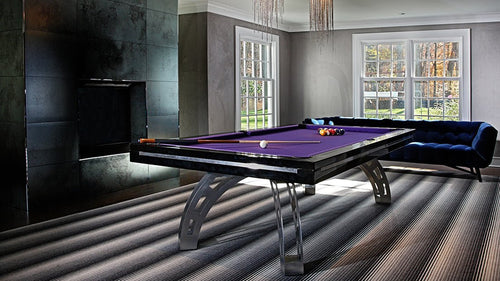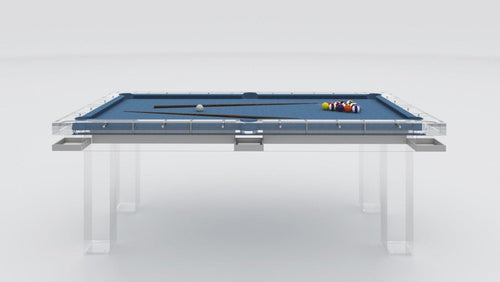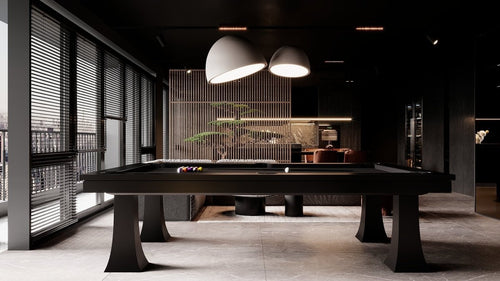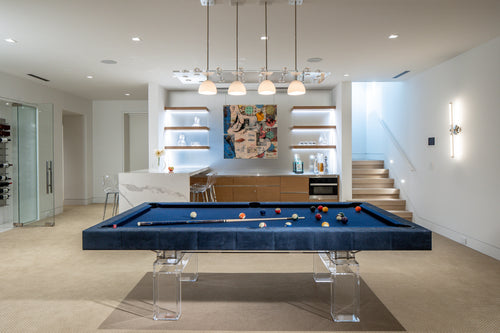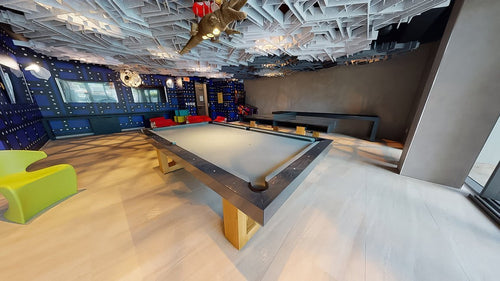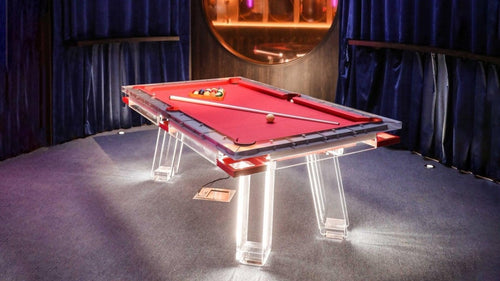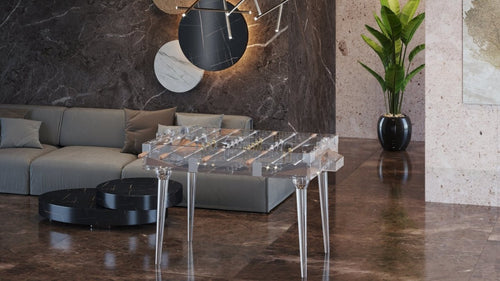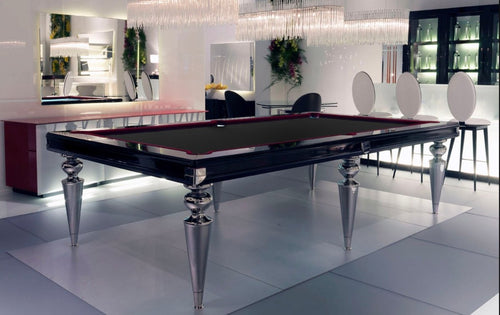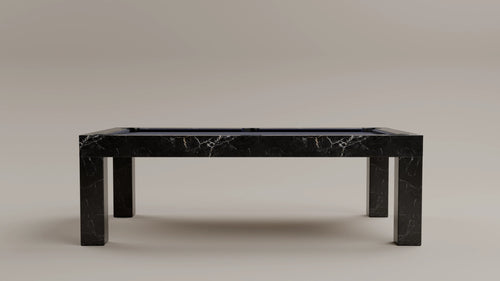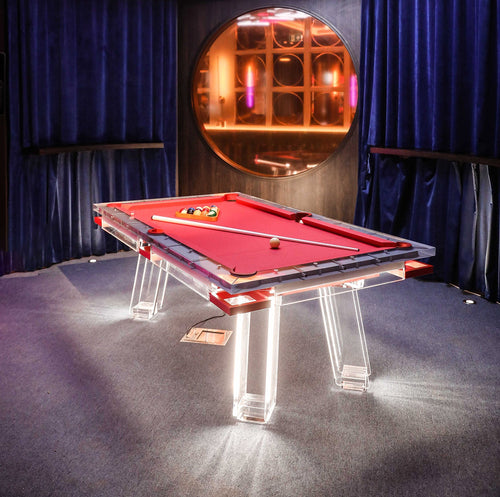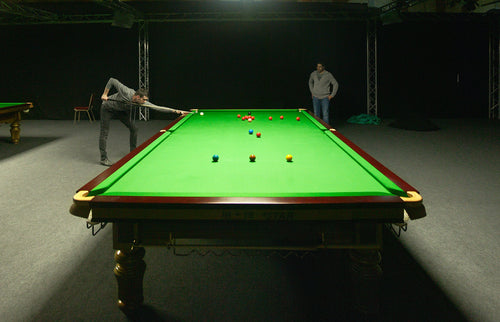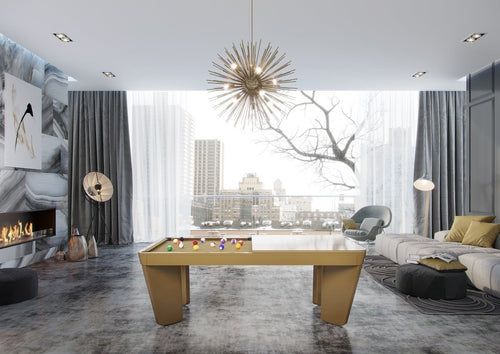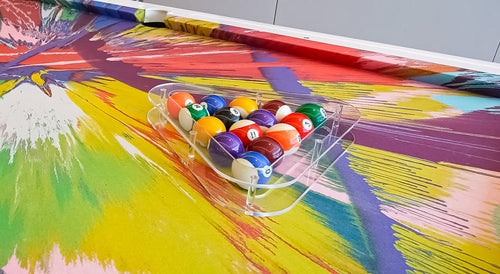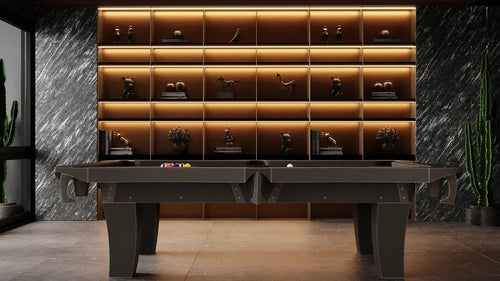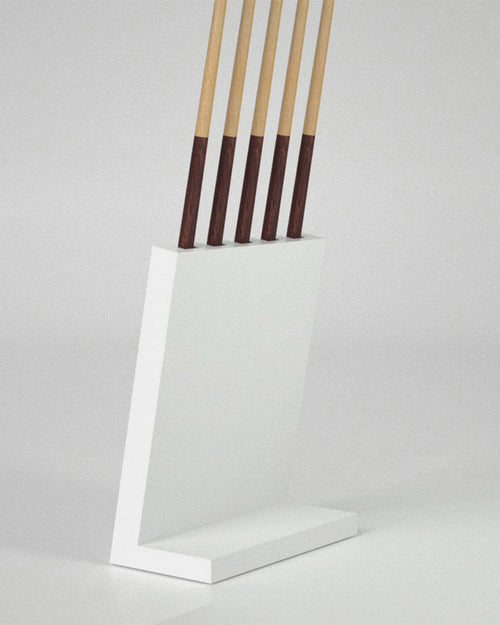Enjoy our modern designs
Estimated Read Time: 6 mins | Updated:
Harmony in interior design is the secret ingredient that transforms a collection of furniture and décor into a cohesive, inviting space. It’s the art of creating balance and unity, ensuring that every element in a room flows to produce an environment that feels both soothing and dynamic. Here are actionable tips to create harmony in a room that reflects your personal style.
Defining Harmony in Interior Design

At its core, harmony in interior design means arranging and curating the various components of a space so that they communicate with each other in a balanced way. What does harmony mean in interior design? It’s the seamless integration of color, texture, form, and space, resulting in an atmosphere where nothing feels out of place. Harmony is like the invisible thread that binds every piece of décor, turning an assortment of items into a unified and visually appealing environment.
When a room exhibits true harmony interior design, you experience:
- Visual Balance: Every element, from furniture to accessories, complements the overall aesthetic.
- Cohesiveness: There is a consistent design language, whether in a living room, bedroom, or office.
- Inviting Ambience: The space feels both comfortable and well-thought-out, drawing you in and encouraging you to relax.
Key Elements that Create Harmony in a Room
Achieving harmony in a room involves a thoughtful blend of several design principles. Here are the essential elements to consider:
Color Harmony

Color is the foundation upon which a harmonious interior is built. A well-chosen color palette ties a room together by:
- Establishing a Primary Color: Often covering around 60% of the space (such as walls and large furniture pieces).
- Incorporating Secondary Colors: Making up roughly 30% of the décor through upholstery or area rugs.
- Adding Accent Colors: Using about 10% for smaller details like throw pillows, art, or decorative objects.
Using techniques like the 60-30-10 rule not only guides your color choices but also helps ensure that no one hue overwhelms the space, resulting in a soothing and balanced visual flow.
Texture and Material

Texture brings depth and interest to any room. When different textures work in concert, they create a tactile layer that enhances visual harmony. Consider mixing:
- Soft Textiles: Plush rugs, cozy throws, and upholstered furniture.
- Natural Elements: Wood, stone, and woven materials that echo the organic aspects of nature.
- Sleek Finishes: Polished metals or glass that add a modern touch without disrupting the overall balance.
The interplay of various textures adds dimension and ensures that the space feels both inviting and well-composed.
Form and Shape

The shapes and forms present in your interior should complement each other. This involves balancing:
- Geometric Forms: Clean lines and structured shapes that bring order.
- Organic Forms: Curved, natural lines that soften the rigidity of geometric shapes.
- Abstract Accents: Unique, artistic elements that introduce creative flair without disrupting the overall balance.
By carefully curating these forms, you create a room where every piece feels like it has a place—enhancing both functionality and aesthetic appeal.
Layout and Spatial Flow

The arrangement of furniture and décor plays a critical role in creating harmony in a room. Consider these aspects:
- Symmetry and Asymmetry: Symmetrical layouts evoke formality and balance, while controlled asymmetry adds a dynamic, modern touch.
- Clear Pathways: Ensure that the flow of movement is unobstructed, allowing for a natural progression through the space.
- Focal Points: Establish one or two central elements that draw the eye, such as a piece of art or a statement piece of furniture, and arrange supporting elements around them.
A well-planned layout not only enhances functionality but also reinforces the sense of unity throughout the space.
Practical Tips for Achieving Harmony
Creating harmony in interior design doesn’t have to be overwhelming. Here are some actionable steps to help you transform your space:
- Start with a Unified Color Palette: Choose a primary color and build around it using complementary shades. Stick to the 60-30-10 rule to maintain balance without feeling monotonous.
- Mix Textures Thoughtfully: Combine various materials—such as soft fabrics with natural wood—to add depth. Avoid overloading the space with too many similar textures; instead, aim for a curated mix that feels intentional.
- Balance Shapes and Forms: When selecting furniture, aim for a blend of structured and organic shapes. Consider how each piece relates to others in terms of size and form.
- Plan Your Layout Strategically: Arrange furniture to create clear focal points and ensure smooth spatial flow. Use area rugs, lighting, and accessories to define different zones within a room.
- Step Back and Evaluate: Take a moment to view your space from a distance. Ask yourself if the elements feel connected and if the room exudes a sense of calm and order. Make adjustments as needed until the space feels truly harmonious.
The Impact of Harmony in Interior Design

When executed well, harmony in interior design not only elevates the aesthetic appeal of a room but also improves its functionality and comfort. A harmonious space:
- Enhances Well-Being: A balanced environment reduces stress and promotes relaxation.
- Boosts Creativity: A well-organized and cohesive space can inspire creativity and productivity.
- Creates Lasting Impressions: Whether for your home or workspace, a harmonious design leaves a lasting impression on guests and occupants alike.
Ultimately, understanding what does harmony mean in interior design empowers you to create spaces that are not only beautiful but also nurturing and supportive of everyday living.
Conclusion
Harmony in interior design is the delicate art of blending color, texture, form, and space to create an environment where every element resonates in unity. By carefully selecting a cohesive color palette, mixing textures, balancing forms, and planning your layout, you can achieve harmony in a room that is both visually appealing and functionally sound.
Whether you’re redesigning a living room, bedroom, or office, embrace these principles of harmony in interior design to craft a space that speaks to your personality while providing a calm, balanced backdrop for daily life. Start your journey toward a harmonious home today, and transform your space into a sanctuary of balance and beauty.
Ready to Create a Harmonious Space?
Explore our curated guides and custom furniture for every room. Get started designing a home that’s balanced, functional, and unmistakably yours.
Explore Game TablesQuestions or need design advice? Contact us for a free consultation!



